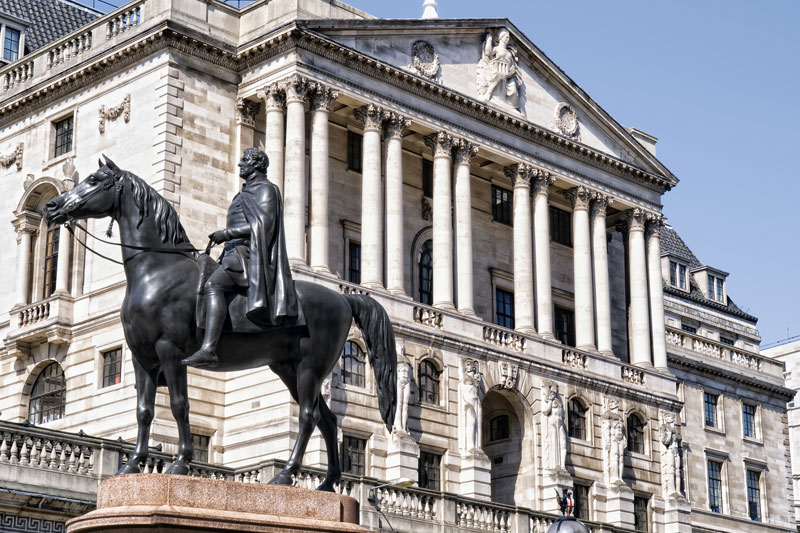Investing.com - The pound firmed against the dollar on Wednesday after the Bank of England hiked is growth forecast for this year and delivered an upbeat take on the U.K. economy.
In U.S. trading on Wednesday, GBP/USD was trading at 1.6580, up 0.78%, up from a session low of 1.6426 and off a high of 1.6587.
Cable was likely to find support at 1.6383, Monday's low, and resistance at 1.6626, the high from Jan. 28.
The pound saw broad support after the Bank of England upgraded its forward guidance on rates and revised up its forecast for 2014 economic growth to 3.4% from a 2.8% forecast issued in November.
Speaking after the bank published its latest quarterly inflation report, BoE Governor Mark Carney said the U.K. unemployment rate has fallen much faster than anticipated and will hit a 7% threshold "in the spring."
In the six months since forward guidance was implemented the U.K. unemployment rate has fallen to 7.1% from 7.8%.
The bank outlined new forward guidance, saying that it will not raise rates until spare capacity in the U.K. economy has been fully absorbed, which it does not see happening until 2015.
The bank said it would consider a broader range of indicators, including the unemployment rate, wages and productivity and business surveys when deciding to raise rates, and added that when rates rise they will do so only gradually.
Sterling was up against the euro, with EUR/GBP down 1.09% to 0.8200, and up against the yen, with GBP/JPY up 0.64% as 169.91.
The single currency slumped after ECB Executive Board member Benoit Coeure told Reuters that the bank is considering a negative deposit rate very seriously.
Coeure said the ECB does not see deflation in the euro area though the bank does see low inflation, which should increase slowly back to its 2% target.
The ECB voted to leave interest rates across the euro zone unchanged at their record low of 0.25% last week. However, ECB head Mario Draghi indicated that the bank could cut rates in March to safeguard the region's fragile recovery.
Elsewhere, Eurostat, the European Union's statistical office, reported that industrial output for the euro area contracted 0.7% in December from November, worse than consensus forecasts for a 0.3% contraction, which further softened the single currency.
On year, the euro area's December industrial production rate expanded 0.5%, far short of market calls for a 1.8% reading.
On Thursday, Federal Reserve Chair Janet Yellen is to testify on the bank’s semiannual monetary policy report before the House Financial Services Committee, in Washington.
